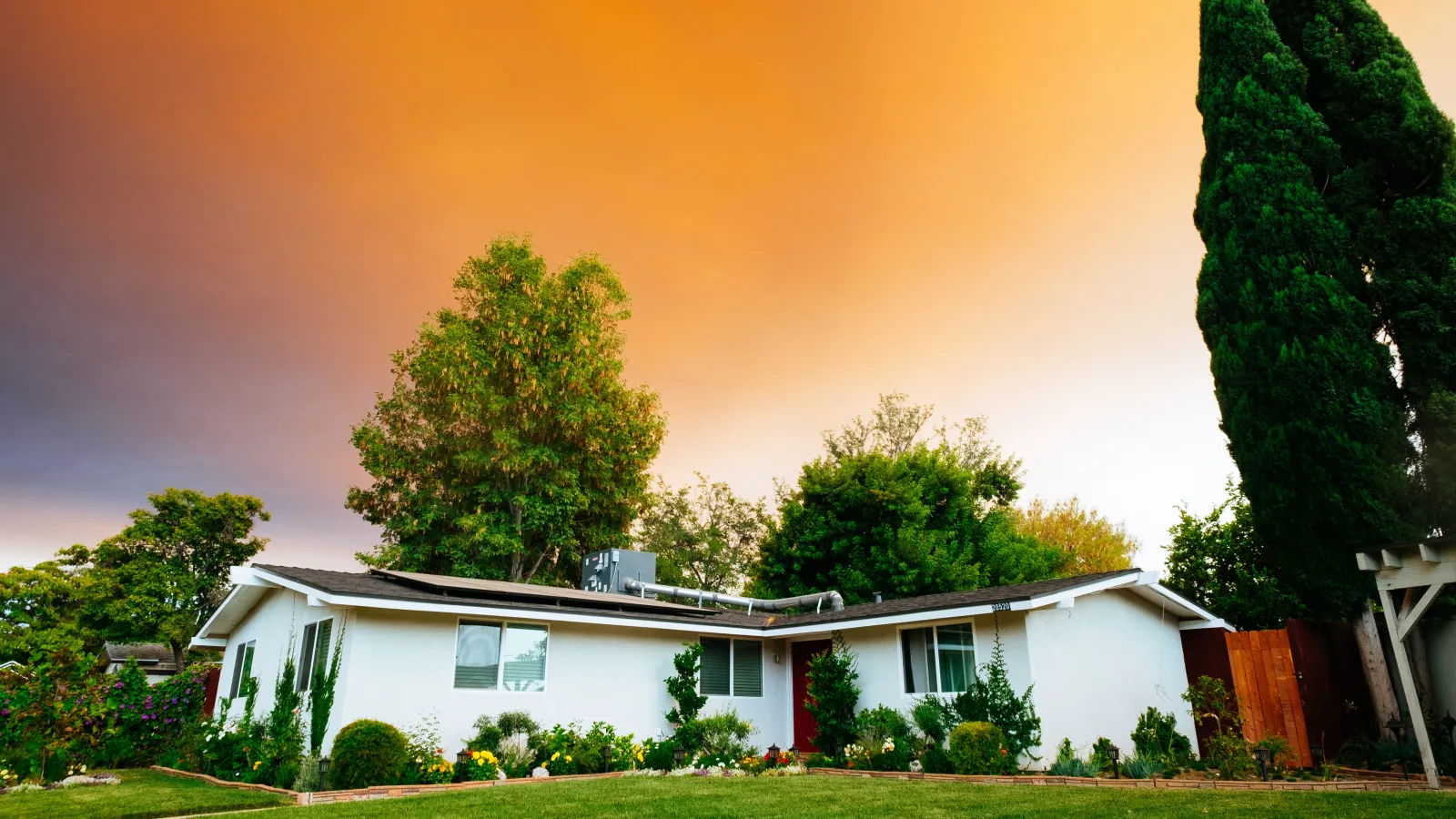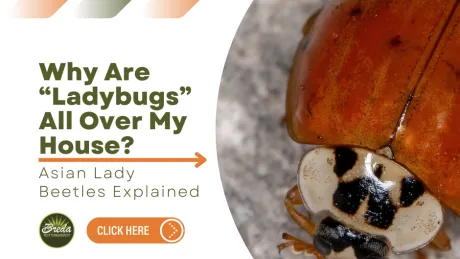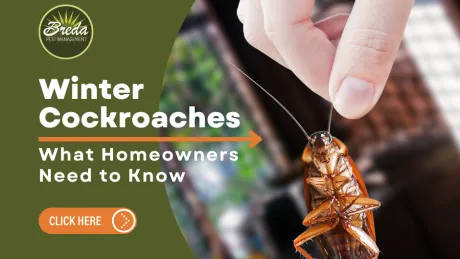
Not all termites are created equal, and not all of them create the same type of destruction. The damage wrought by uncaught termite colonies amounts to the millions each year for residential and commercial properties. Entire infrastructures have been leveled by these tiny pests, which is why the Atlanta pest control professionals at Breda Pest strongly advise all residents to contact a local contractor at the first sign of an invasion.
What Type of Termite Are You Dealing With?
Many species of dampwood termites exist in the country, and the most distinguishing feature of this type is its massive size. Featuring large heads equipped with mandibles, it is not uncommon for soldiers and swarmers of this type to reach 20 and 25 millimeters in length, respectively. This species does not contain any worker termites, and they make their colonies inside damp, rotting wood. Decaying wood sources are their primary target, not soil. While a majority are located along the Pacific Coast, southern Florida is not immune either.

Drywood termites, on the other hand, thrive in environments where there is abundant supply of healthy, dry wood. The wood source does not need to be connected to the ground for this species to survive, which is why they are frequently found in attics. These termites tend to be larger than their subterranean brethren, and the tell-tale sign that a mature colony is nearby is the presence of fecal pellet mounds as well as the wings left behind by swarmers.

Due to their fondness of warm climates, the Formosan species especially poses a threat to residents in the southern United States. It can be difficult to differentiate these subterranean bugs from other termite types given their common shape and size. Our Atlanta pest control specialists are trained to identify their particular characteristics. The soldiers feature an oblong head and are far more aggressive than other native species when it comes to defending their colony nests. Subterranean termites build their nests underground, are dark brown/black in color, feed with the grain of wood they consume, and require adequate ground moisture to colonize. Piles of wings and the presence of mud tunnels are strong indicators of an invasion by this species.
Coneheads get their name from the dark, cone-shaped heads of their soldiers, which can comprise up to 1/3 of the colony population. This is a major exception to the rule for many other termite species. Coneheads are known for making larger tunnels and for their oval-shaped nests that can be found inside trees. Get in touch with one of the termite and pest control technicians at Breda Pest and get a consultation scheduled today. Image Courtesy of: Wikimedia Commons



